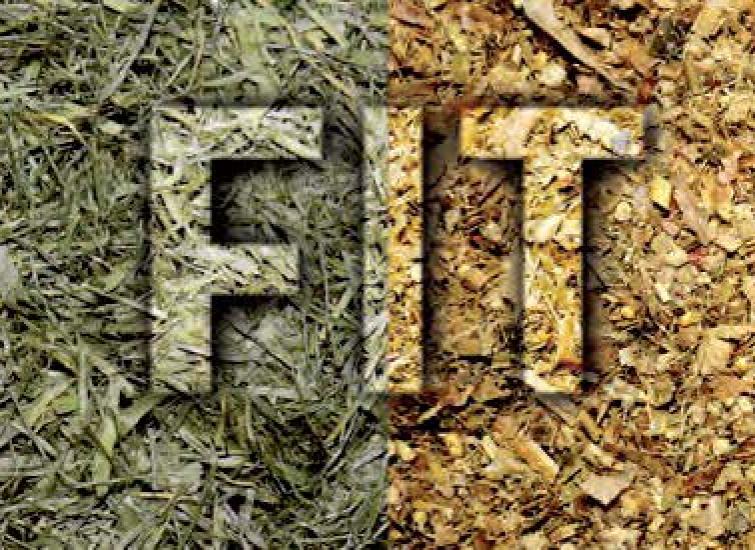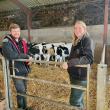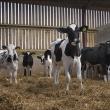Adding value to your silage
We bring you the latest products on the market for profitable silage production.

Homegrown forages continue to be an important part of controlling input costs on farm, no more so than in these uncertain times both with the impact of Brexit and COVID. Maintaining the quality of the silage produced is paramount, so we’ve been looking at the BonSilage Fit additive, covering both grass and maize silage.
Is your clamp face warming?
Key to maintenance is preventing spoilage as the clamp face warms and yeasts and moulds develop. BonSilage has a unique combination of homo and hetrofermentative bacteria which change the fermentation acid pattern of forages to produce sufficient lactic acid to drop the pH while creating acetic acid to increase aerobic stability.
Adding extra value
Not only does the Bonsilage Fit prevent spoilage it also optimises the energy properties of your silage which helps to combat feed-related diseases such as acidosis and ketosis not normally influenced by using silage additives.

It works by shifting the fermentation acid patterns to produce more acetic acid increasing aerobic stability as shown in Figure 1. Due to the mixture of bacteria within the additive it uniquely creates propylene glycol as an energy source at feed out.

The formation of glucogenic components such as propylene glycol relieves the cow’s metabolism at the start of lactation – for measurably improved cow fitness.
Backed by research
Extensive research by SCHAUMANN has proven that an adapted combination of LAB inoculant influences cow metabolism by providing considerable amounts of propylene glycol as a glucogenic precursor in silages. BONSILAGE FIT with its impressive aerobic stability, high palatability and high digestibility enables modern day farmers to produce milk from forage more efficiently with less stress on the cow.
Propylene glycol is beneficial to cows in early lactation to reduce the effects of negative energy balance, due to its ability to reduce body fat mobilisation. This is shown in Figure 2 by reduced BHB levels in cows fed with grass silage treated with BonSilage FIT. BHB is a ketone body which is converted from body fat reserves, which in high concentrations causes sub clinical and clinical ketosis. By being absorbed as propionate in the rumen it allows for increased glucose production which in turn stimulates insulin secretion and, reduces the mobilisation of fatty acids from the cow’s body reserves. By helping prevent ketosis and increase insulin levels it improves production and fertility, with cows cycling sooner after calving and stronger heats being observed.

〈 BACK














